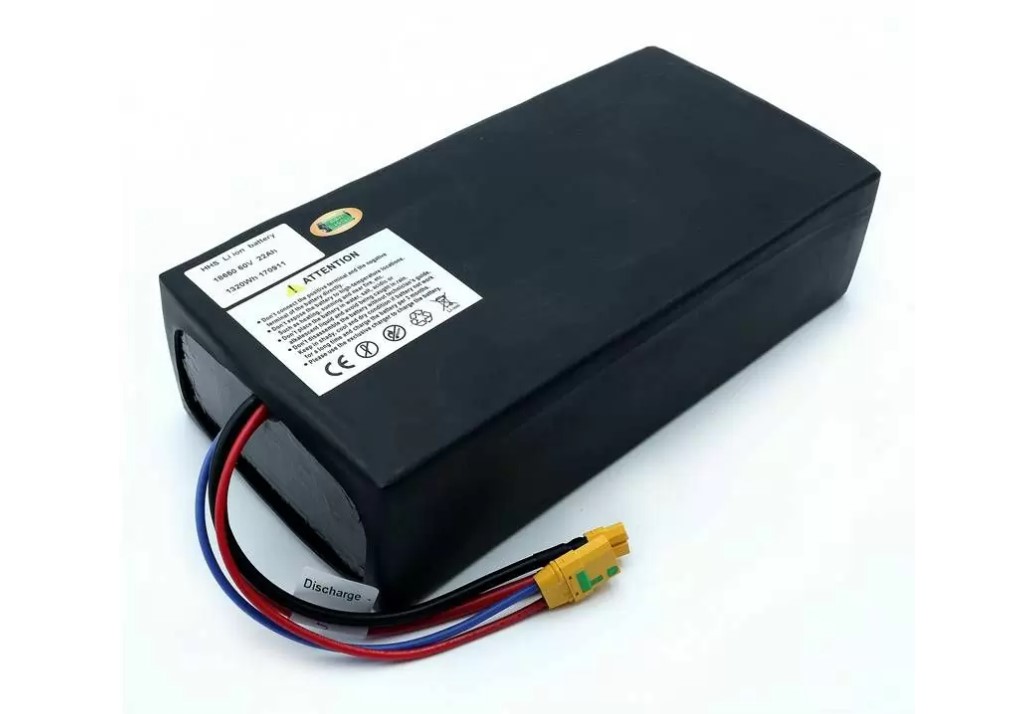Choosing the Right Scooter Battery

Millions of people’s lives have been improved by electric power chairs and mobility scooters, yet a mobility scooter is only as good as the scooter battery that drives it. Despite the fact that they are built to last and be trustworthy, practically all mobility scooter batteries will ultimately need to be replaced. Almost all electric mobility devices nowadays are powered by a 24-volt system, which is comprised of an electric scooter battery pack made up of two 12-volt units that are coupled together. The discrepancies in battery composition and amp-hour ratings can be attributed to two factors: the composition and the amp-hour ratings.
Several terms are commonly used to designate the changes in the composition of electric scooter batteries, and they are listed below. These refer to the physical size and quality of the batteries themselves, and have nothing to do with the amount of power they provide or how long they last between charges. As long as they are properly charged, any of these current types will provide good service to their customers.
Batteries with a sealed lead acid (SLA) cell
The difference between today’s SLA batteries and yesterday’s wet cell monsters is that they require no maintenance and can be “topped off” whenever necessary. Because the electrolyte liquid (the battery acid) is completely sealed, the term “sealed lead acid” is commonly used to refer to these batteries. Because it is maintenance-free, not only does it eliminate the need for extra acid to be added, but it also eliminates the possibility of the electrolyte liquid boiling out or evaporating from the cells. Long thought to be better, SLA batteries are now found in almost every mobility scooter battery on the market. Most of them are SLA batteries.
Batteries with Absorbed Glass Mat (AGM) technology
AGM batteries, which were originally intended for military aircraft, use a fiberglass-like mat to retain the electrolyte in a stable and spill-proof suspension. As a result, they are less prone to experiencing low voltage when exposed to freezing temperatures. An additional advantage of the AGM technology is that it has a relatively short recharge timeframe. Most scooters benefit from using this type of battery, and it is frequently the best option available. Nevertheless, it can be destroyed if overcharged. As hermetically sealed units, all AGM batteries are SLA batteries, but not all SLA batteries are AGM batteries due to the fact that they are hermetically sealed units.
Gel batteries are a type of rechargeable battery.
The electrolyte in a gel-cell battery is not a liquid, but rather a semi-solid substance that resembles gelatin. The gel battery, which is perhaps best recognized for being the preferred form of motorcycle battery, also has significant advantages over its AGM counterparts when it comes to scooter and power wheelchair users. Given that it does not contain any liquid, a gel battery will continue to function perfectly even if it is entirely turned upside down. Because it does not contain any liquid acid, the gel battery emits no fumes and is the safest battery type for power chairs and scooters that are usually used indoors, according to the EPA. A gel-cell can also be predicted to have a longer lifespan than a standard cell.
U1 Batteries are a type of rechargeable battery.
The U1 battery is the most popular size for mobility scooter batteries at the moment. The U1 designation simply refers to a single common global physical dimension; 7.71″ in length, 5.16″ in width, and 7.23″ in height; and it can be applied to both gel and AGM-type SLA batteries. Power chair and electric scooter battery packs with ratings ranging from 31 amp hours to 35 amp hours are routinely found in the marketplace. As an alternative, half-U1 batteries are available in a number of capacities.
Amp Hours Rating
The amp-hour rating of a scooter battery provides an indication of the travel range and between-charge lifespan of the battery. A greater or lower amp-hour rating will have no effect on the longevity of the battery, and it will have no effect on the top speed of the scooter. Any mobility scooter will be able to run on the same U1 battery pack as any other scooter on the market. Consider an amp-hour rating to be a measure of the amount of time a charge will be used rather than the strength or volume of the charge itself.
Some mobility battery chargers are equipped with a low voltage sensor, which prevents them from functioning if the voltage of the power chair battery pack is much lower than 24 volts, as is the case with some electric wheelchairs. Using a fully charged 12 volt mobility scooter battery next to a battery with a very low charge may result in your mobility scooter not being able to operate. As a result, it is important to replace your scooter’s battery pack as a whole, not just one battery at a time. This means that both batteries must be replaced at the same time, not just one new battery that is connected to an older battery.









